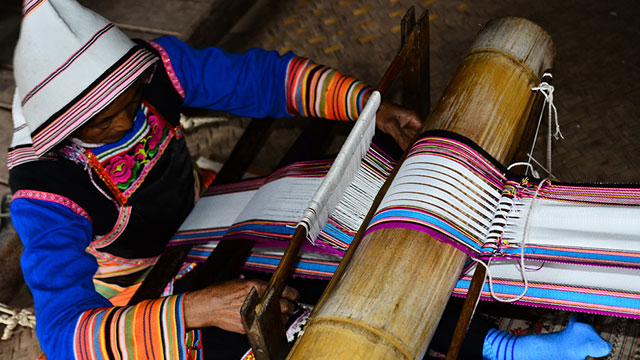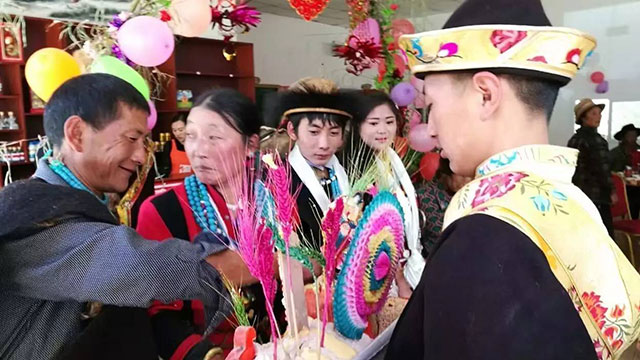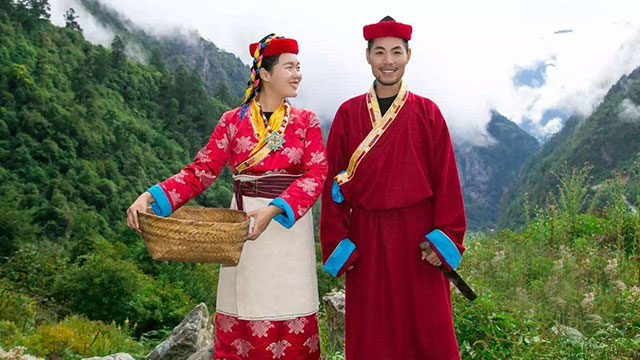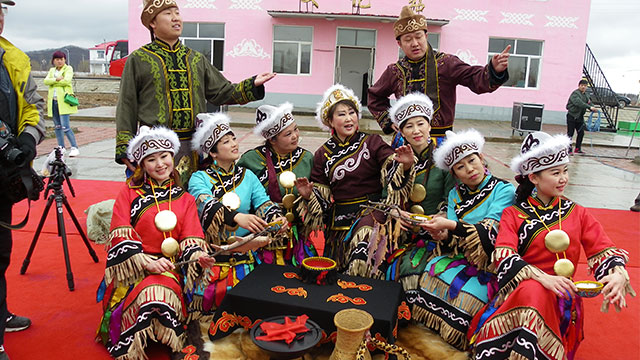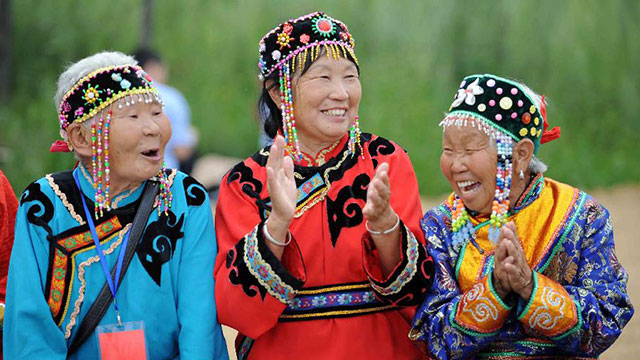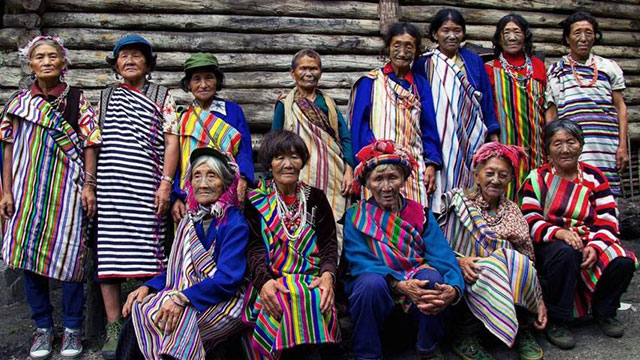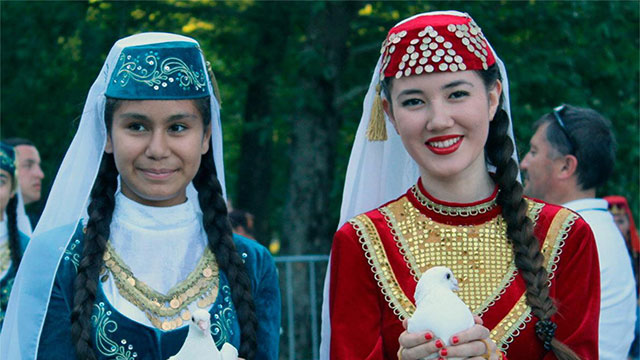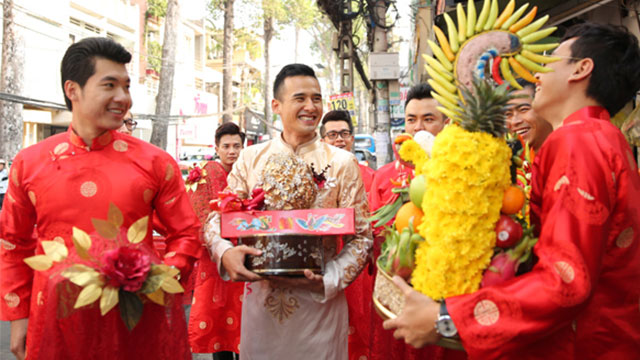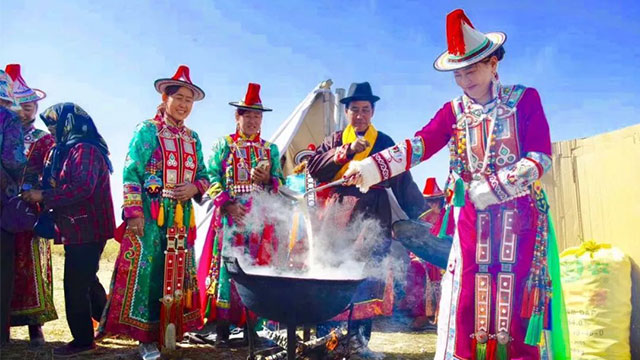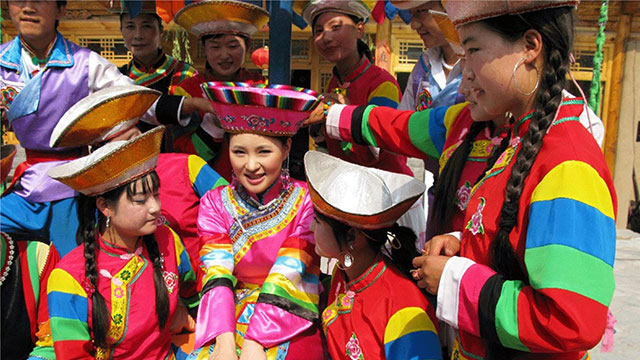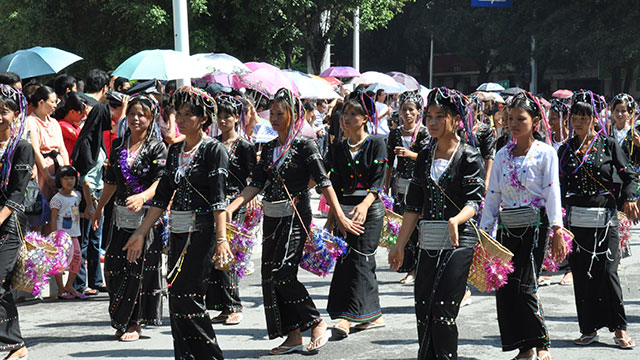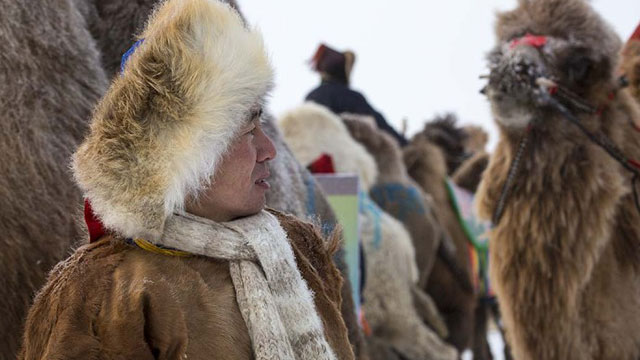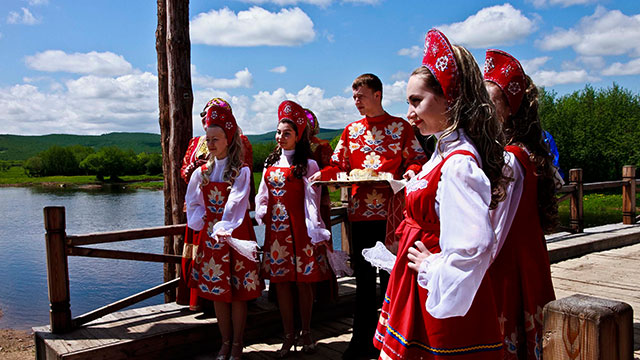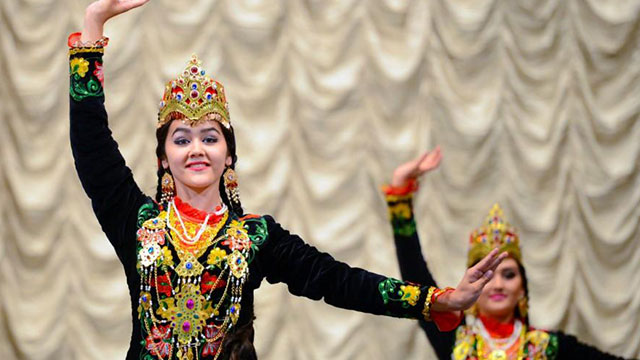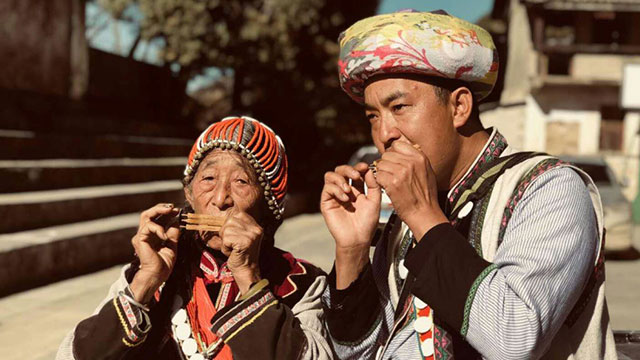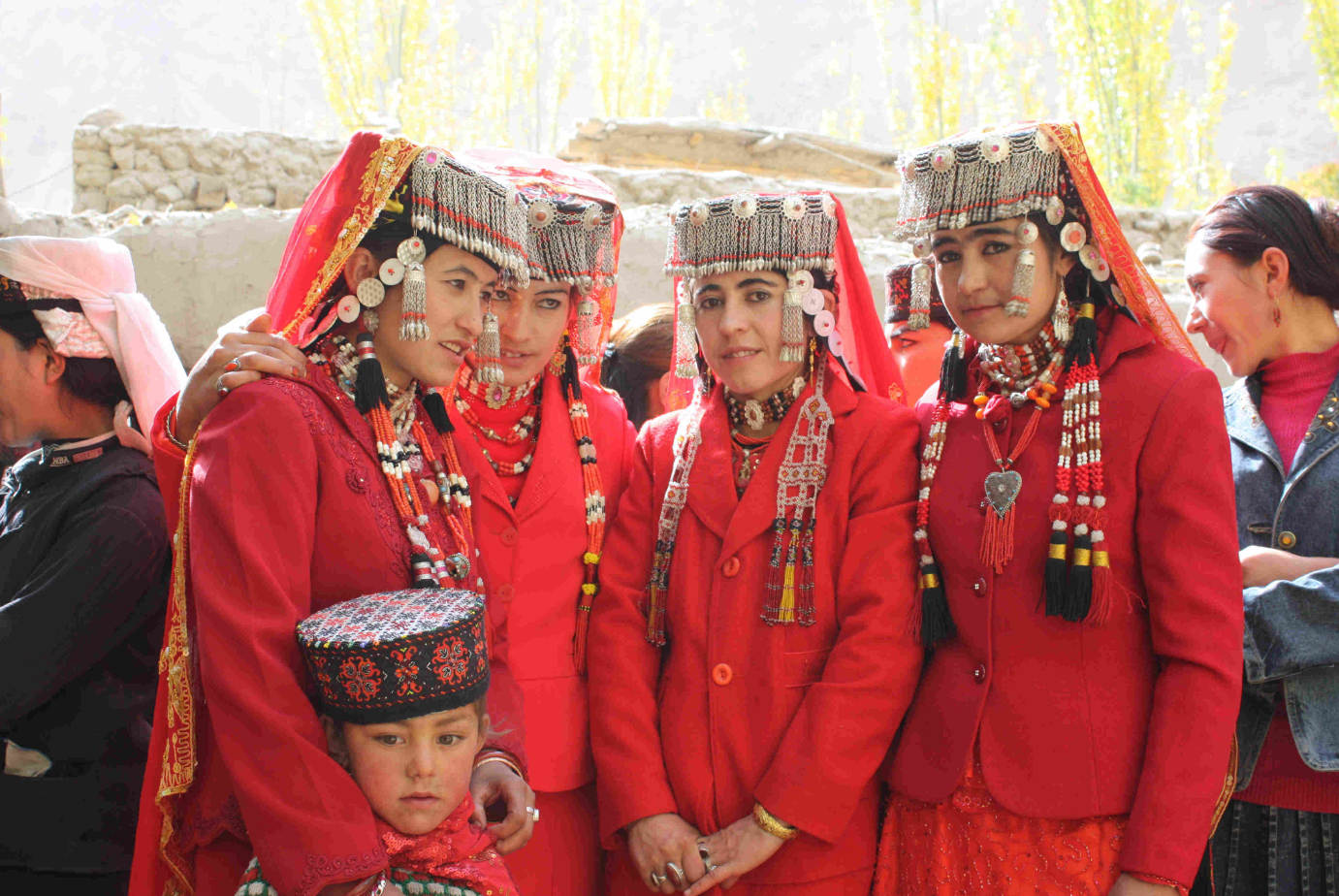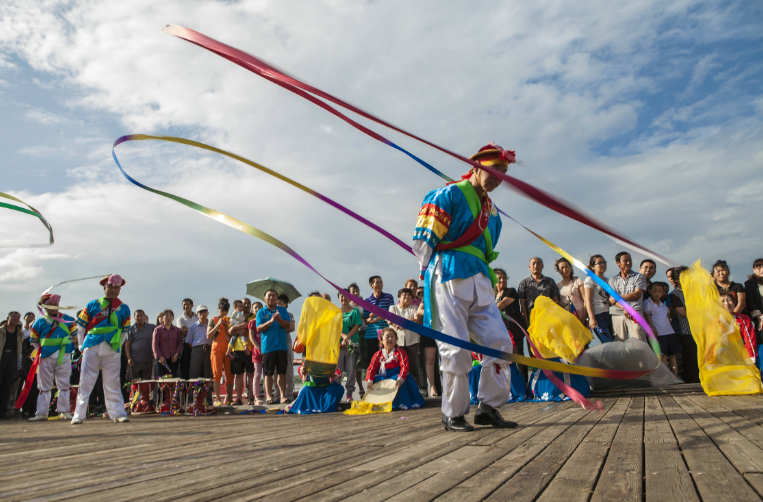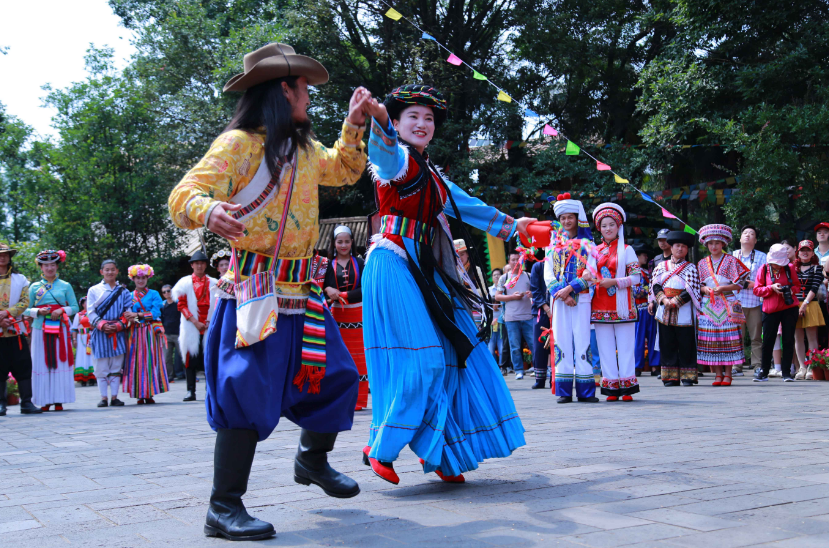56 nationalities
The Chinese nation is officially defined by the government of the people's Republic of China as the general name of the 56 recognized nationalities in the people's Republic of China. The Chinese nation is the community name representing the modern Chinese nation.
The Chinese nation consists of 56 ethnic groups. The Han nationality is the main ethnic group in China, accounting for 91.51% of the total population. There are 55 other ethnic groups, accounting for 8.49% (the sixth census). The Han nationality and 55 ethnic minorities constitute the great Chinese nation. China is a unified multi-ethnic country with the Han nationality as the main body and 56 ethnic groups. In addition, there are several unidentified ethnic groups that have not been officially recognized by the people's Republic of China. The concept of the Chinese nation was first put forward by Liang Qichao in his 1902 work on the general trend of changes in Chinese academic thought. Relevant historical and anthropological theories include Fei Xiaotong's "pluralistic integration" theory and Xu zhuoyun's "transformation and mixing of the self and the other". The political concept of the Chinese nation was put forward in the late Qing Dynasty The of the Republic of China and new China have different definitions.
-
Jinuo Nationality
Jino nationality is one of the seven unique nationalities with a small population in Yunnan Province. The national language is Jino language. It belongs to the Yi language branch of the Tibetan Burmese language family of the Sino Tibetan language family. - Ji Nuo Zu
Views: 196 Time 2021-03-07 -
Luoba Nationality
Luoba nationality is a minority in China, with a total population of about 600000. Among them, there are more than 2300 people in China controlled areas. - Luo Ba Zu
Views: 138 Time 2021-03-07 -
Menba Nationality
Menba nationality is one of the nationalities with a long history and culture in China. The national language is Menba language. It belongs to the Tibetan branch of the Tibetan Burmese language family of the Sino Tibetan language family. There are great d - Men Ba Zu
Views: 170 Time 2021-03-07 -
Hezhe Nationality
Hezhe nationality is a minority nationality with a long history in Northeast China. Its national language is Hezhe language, which belongs to the Manchu branch of the Manchu Tungusic language family of Altai language family (there is also a view that it s - He Zhe Zu
Views: 186 Time 2021-03-07 -
Oroqen Nationality
Oroqen nationality is one of the nationalities with the least population in Northeast China. According to the fifth national census in 2000, the population of Oroqen nationality is 8196. Oroqen language belongs to the Tungusic branch of man Tungusic langu - E Lun Chun Zu
Views: 180 Time 2021-03-07 -
Dulong Nationality
Dulong nationality is one of the ethnic minorities with a small population in China and the least populous nationality in Yunnan Province. It uses Dulong language and has no national characters. - Du Long Zu
Views: 100 Time 2021-03-07 -
Tatar Nationality
The Tatar nationality is a Siberian type of Mongolian race. It has its own language. It belongs to the West Hungarian branch of the Turkic language family of Altai language family. It has words based on Arabic characters and its main belief is Islam. - Ta Ta Er Zu
Views: 277 Time 2021-03-07 -
Jing Nationality
Jing (Chinese standard) Roman letter: Gin, Vietnamese: ng ư ời Kinh/ ʛ Jing, or Jing people, is also known as the Yue nationality (Vietnamese: ng) ư ời Việt/ ʛ Yue), the national language is Beijing language. Due to the complex language factors, it is dif - Jing Zu
Views: 183 Time 2021-03-07 -
Yugur Nationality
Yugur Nationality from the Uighurs nomadic in the erhun River Basin in the Tang Dynasty. They use three languages: Yugur (yaohur) belonging to the Turkic language family of Altai language family, Yugur (Engel) belonging to the Mongolian language family of - Yu Gu Zu
Views: 116 Time 2021-03-07 -
Baoan Nationality
Baoan nationality is one of the ethnic groups with a small population in China. Its national language is Baoan language. It belongs to the Mongolian language family of Altai language family. Due to its long-term communication with the surrounding Han and - Bao An Zu
Views: 148 Time 2021-03-07 -
De'ang Nationality
The De'ang Nationality, also known as "Bulong nationality", is a mountain minority in the border area between China and Myanmar. Its national language belongs to the wa De'ang language branch of the mon Khmer language family of the South Asian l - De Ang Zu
Views: 37 Time 2021-03-07 -
Ewenki Nationality
Ewenki (Russian: Эвенки, Tungus (formerly known as Tungus or Soren) is a nationality in Northeast Asia. It mainly lives in Siberia, Russia and Inner Mongolia and Heilongjiang provinces of China. Mongolia also has a small amount of distribution. In Russia - E Wen Ke Zu
Views: 44 Time 2021-03-07 -
Russian Nationality
The Russian nationality, one of the 56 nationalities of the Chinese nation, belongs to the East Slavic branch of the Slavic language family of the Indo European language family. In China, the Russian people use Russian, and generally speak Russian, Chines - E Luo Si Zu
Views: 105 Time 2021-03-07 -
Uzbek Nationality
The Uzbek nationality is called Uzbek in China and Uzbek abroad. The national language is Uzbek, belonging to the Geluolu branch of the Turkic language family of Altai language family. - Wu Zi Bie Ke Zu
Views: 45 Time 2021-03-07 -
Nu Nationality
Nu is one of the ethnic groups with a small population and a large number of languages in China. Lushui (formerly Bijiang county) of Nujiang Lisu Autonomous Prefecture, Fugong, Gongshan Dulong Nu Autonomous County, Lanping Bai Pumi Autonomous County, Weix - Nu Zu
Views: 48 Time 2021-03-07 -
Tajik Nationality
Tajik belongs to the Europa Indian Mediterranean type. The national language is Tajik, including two dialects of selekkur and wahan. It belongs to the Pamir branch of the Iranian language family of the Indo European language family. - Ta Ji Ke Zu
Views: 36 Time 2021-03-07 -
Korean Nationality
The population of Korean nationality is 1830929 (2010), mainly distributed in Jilin, Heilongjiang and northeast Liaoning, and mainly lives in Tumen River, Yalu River, Mudanjiang, Songhua River, Liaohe River, Hunhe River and other basins. Among them, the K - Chao Xian Zu
Views: 35 Time 2021-03-07 -
Pumi Nationality
Pumi is one of the ethnic groups with a long history and ancient culture in China. The national language is Pumi. It belongs to the Qiang branch of the Tibetan Burmese language family of Sino Tibetan language family. It can be divided into southern and No - Pu Mi Zu
Views: 52 Time 2021-03-07
- << Prev
- Next >>
